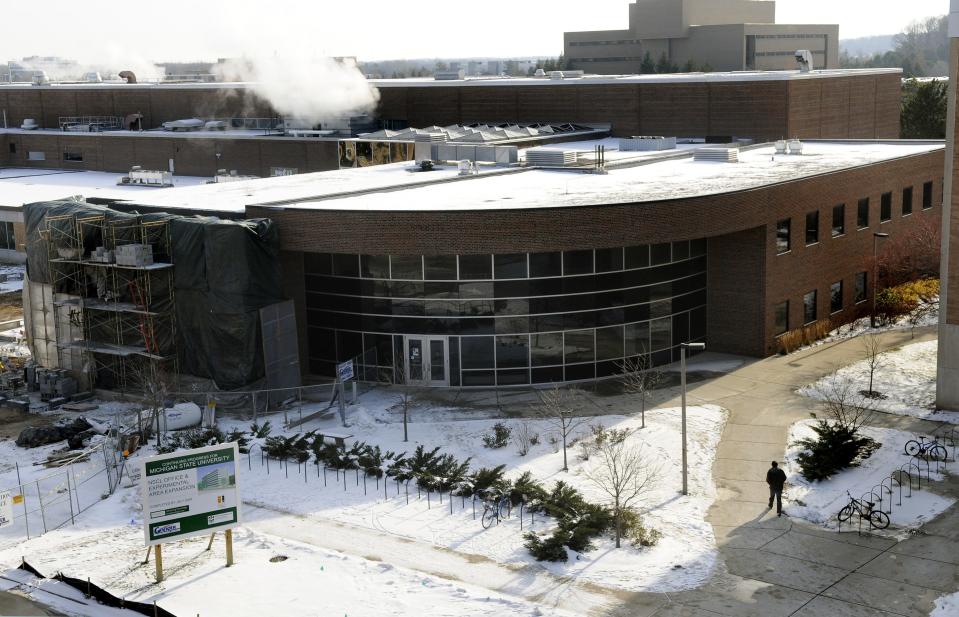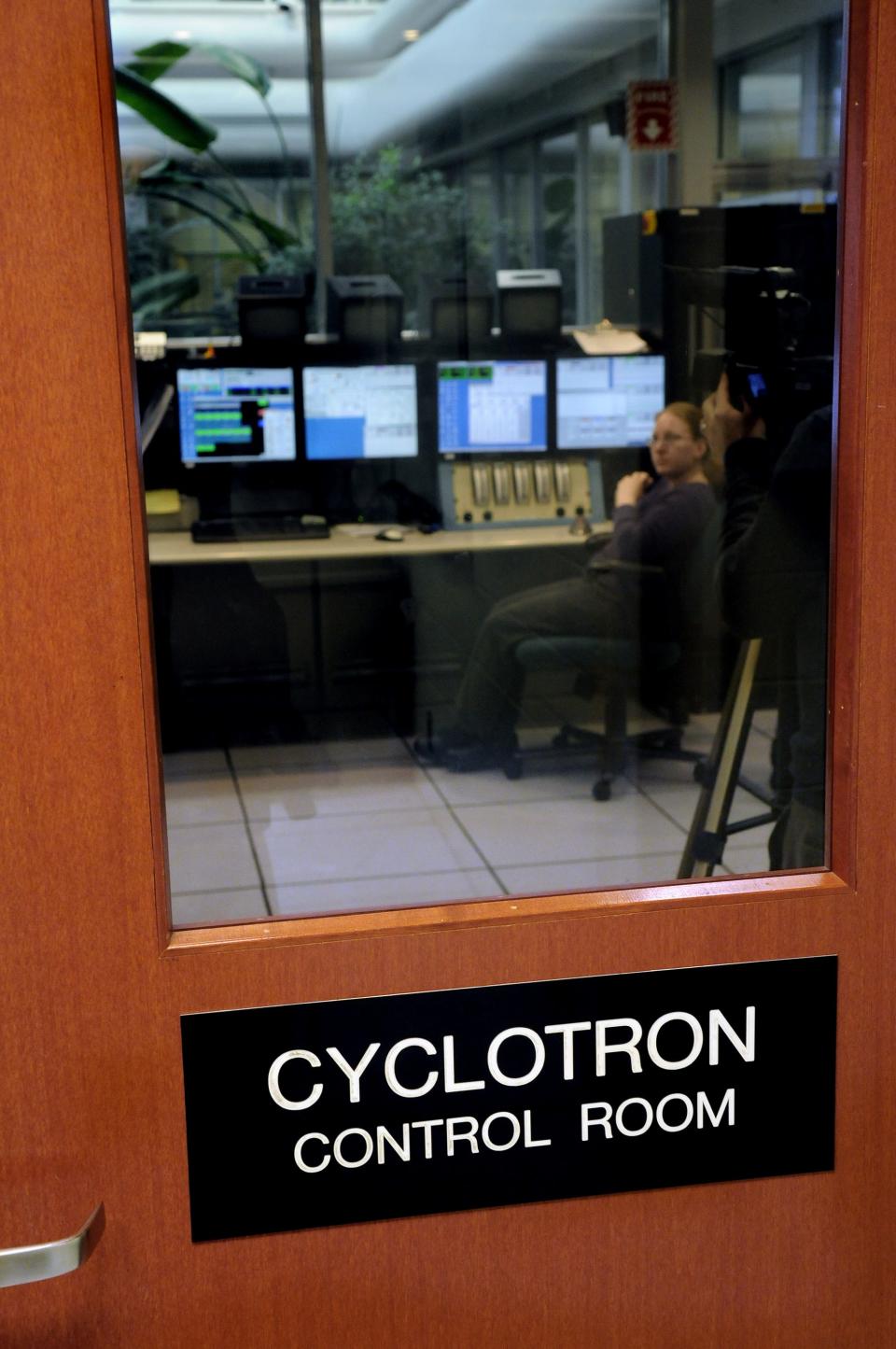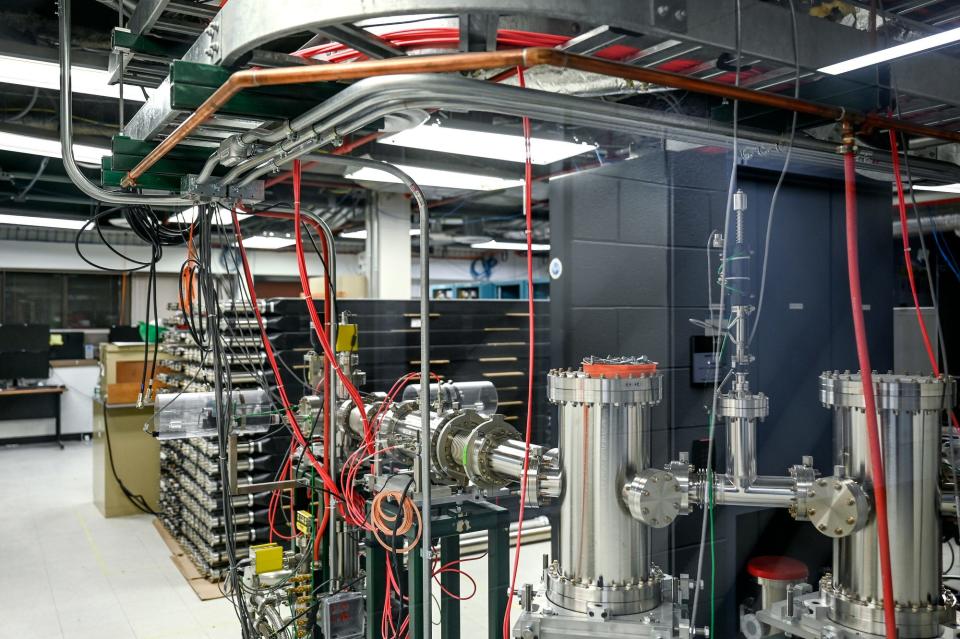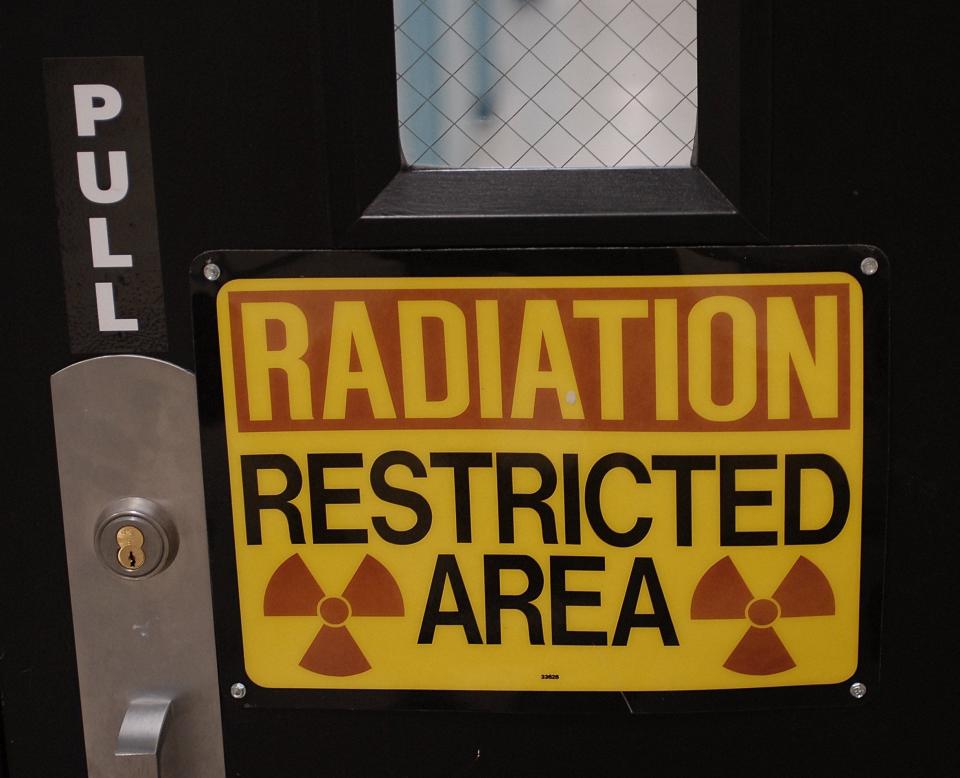MSU's original cyclotron gets new life testing microchips
EAST LANSING — Michigan State University is refurbishing its K500 cyclotron — the world’s first superconducting particle accelerator — to establish a facility to test microchips, like those used in commercial spaceflight, autonomous vehicles and 5G and 6G wireless technology.
MSU said the U.S. Department of Defense Test Resource Management Center and U.S. Department of Defense Missile Defense Agency have funded a $14.2 million contract. It will allow MSU to develop the chip testing facility adjacent to the Facility for Rare Isotope Beams, which officially opened in 2022 and replaced the cyclotron.
The FRIB already offers limited chip testing, but once the 40-year-old K500 cyclotron is refurbished, MSU will be able to offer a facility dedicated to testing with more availability for microchip manufacturers, FRIB Laboratory Director Thomas Glasmacher said Monday.
MSU officials submitted the proposal to develop a chip-testing facility in response to a 2018 National Academies report that indicated a shortage nationwide of testing capacity for space-bound electronic components, MSU said.
“This new FRIB-adjacent facility at MSU will provide the United States several thousand additional hours of capacity for chip testing annually,” MSU interim President Teresa Woodruff said in a press release. “We are ready to leverage a six-decade-long investment by the National Science Foundation in basic nuclear science at MSU for a new purpose that is so central to this critical industry, to U.S. competitiveness, and to national security.”

The K500 cyclotron, like the FRIB linear accelerator, accelerates atomic particles to high speeds. Once atomic particles known as heavy ions are sped up, they are sent toward and strike test chips to determine how well they withstand such heavy ions in space.
Heavy ions exist naturally within the atmosphere and hit electronic chips operating inside things like airplanes and satellites, Glasmacher explained. Those ions are capable of destroying chips and can be dangerous for airplanes and spacecraft, he said.
“Folks will know if a particular chip design can withstand those … heavy ions in space,” Glasmacher said.

Testing electronic components that will be used in space is an immediate goal of the facility, the school said. Levels of ionizing radiation are much higher in space compared to Earth’s surface and microchips and devices must be capable of operating for years and even decades with little to no maintenance.
Officials said the facility will be used for more than just defense and aerospace applications. Today’s semiconductor industry features smaller and more dense circuitry that is often more complex. Over the last several decades, the semiconductor industry has produced cheaper, faster and more power-efficient computing technologies.
Some advanced semiconductor devices are more susceptible to ionizing radiation. The effects of the radiation may not permanently damage the device, but they can lead to problems, ranging from simple effects, such as influencing the outcome of a Super Mario video game contest in 2013. A speedrunner, known as a person who tries to complete video games in record time, was playing Super Mario 64 when Mario suddenly teleported upward. That behavior was the result of a flipped bit in the game code which researchers suspect was caused by cosmic particle interference, according to a BBC article.
Such radiation can even lead to more serious problems, including causing injuries during a 2008 Qanatas flight that pitched down twice without warning before the pilots executed an emergency landing when the onboard computer malfunctioned, MSU said.
“MSU, FRIB and the College of Engineering, through the Space Electronics Center, are creating an unparalleled ecosystem that will include strong industry and government participation to advance the state-of-art in radiation-hardened components and space electronics, and above all, to develop the necessary talent that will support this technology discipline for years to come and solidify the U.S. position as a leader in this field,” said John Papapolymerou, MSU Foundation professor and chair of the MSU Electrical and Computer Engineering Department.

The first particle beam was extracted from MSU's superconducting K500 cyclotron in 1982. Prior to the K500, thanks to a National Science Foundation grant, MSU built in 1961 what would become a K50 cyclotron.
The K500 was in operation until 2022 when the FRIB became operational.
Contact Mark Johnson at majohnson2@lsj.com. Follow him on Twitter at @ByMarkJohnson.

This article originally appeared on Lansing State Journal: Michigan State's original cyclotron gets new life testing microchips

